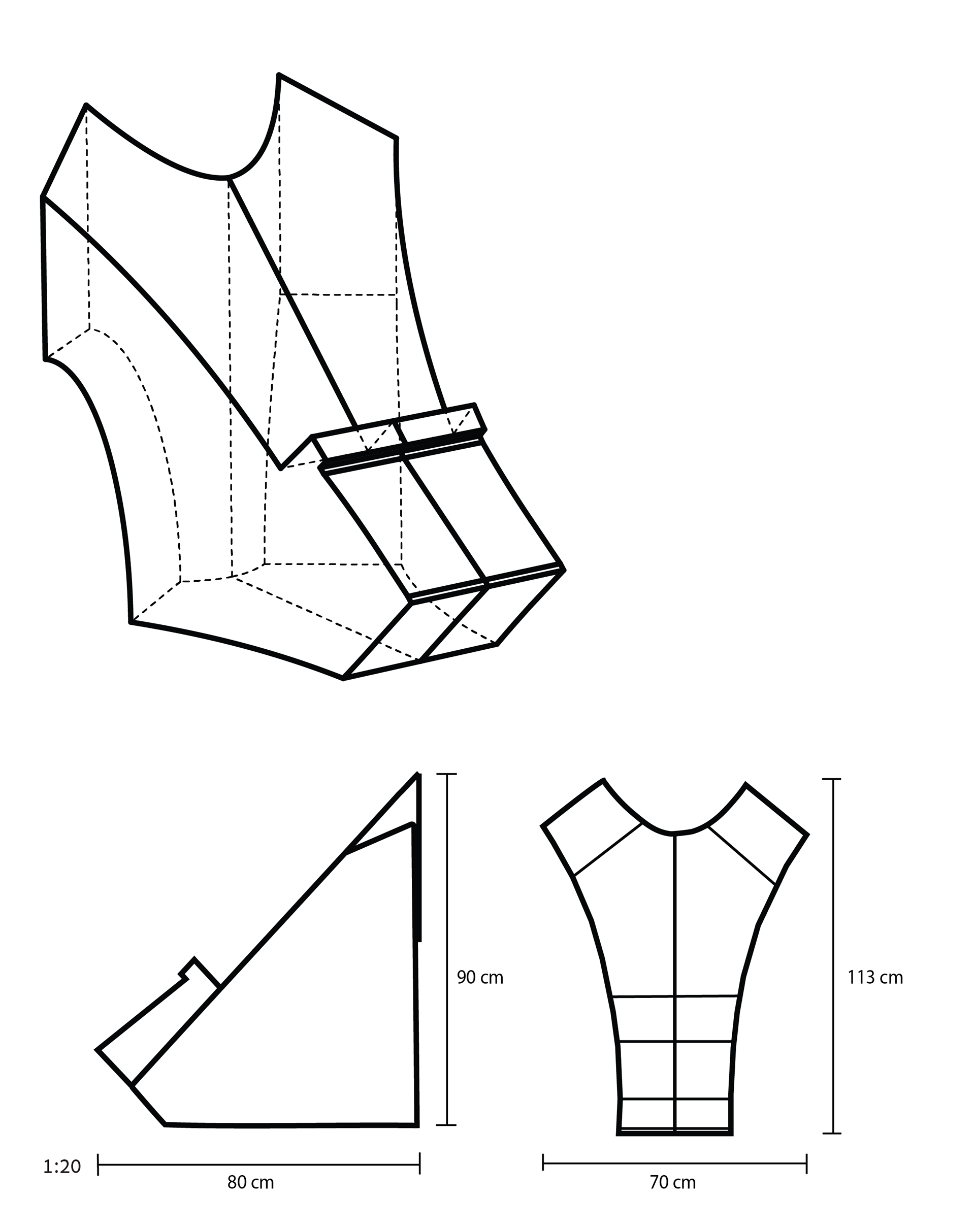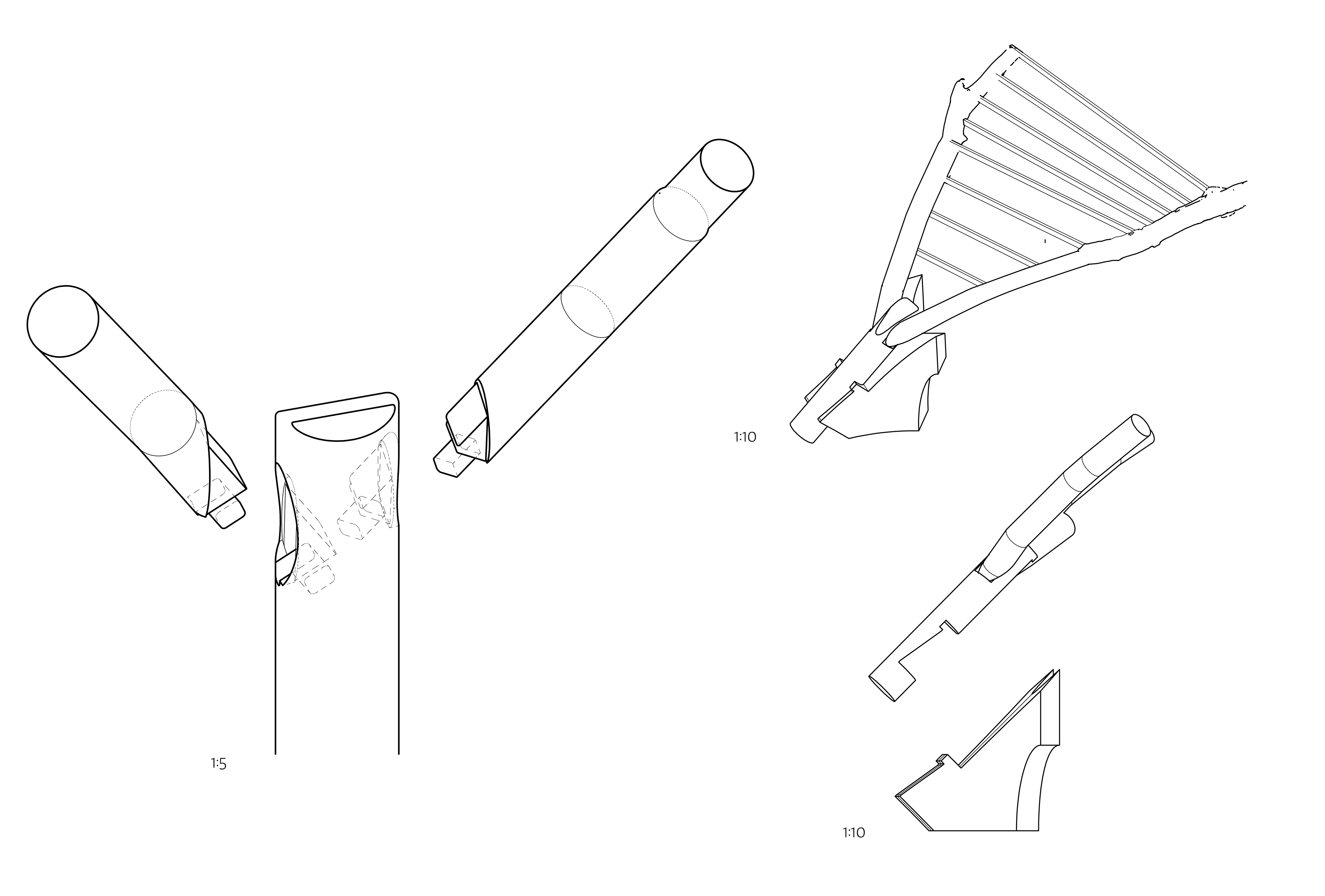The project attempt to design and construct a sustainable pavilion which will integrate in the urban nature park of the Gazelle Valley in Jerusalem and be useful to the visitors.
Collaboration of Bezalel Academy, Gazelle Valley, and The Ministry of Environmental Protection
The Gazelle Valley is natural habitat for a herd of mountain gazelles.It is also served as a functioning ecosystem, thriving within the city: Over 500 species of plant life, many of which were reintroduced in an effort to recreate the original flora which existed in the mountains of jerusalem prior to the 20th century. The park is home to many species of arthropods, reptiles, amphibians and small mammals.

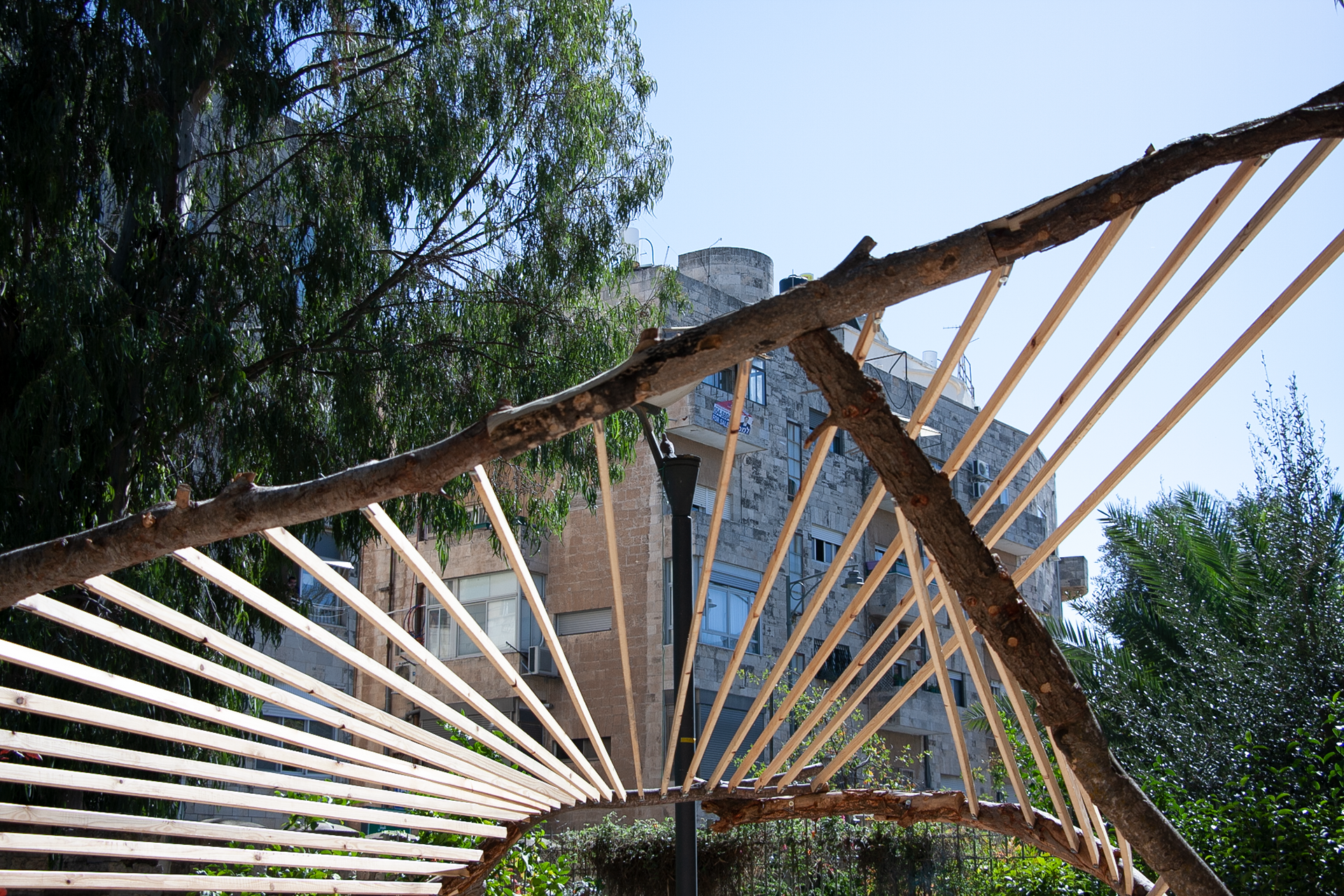

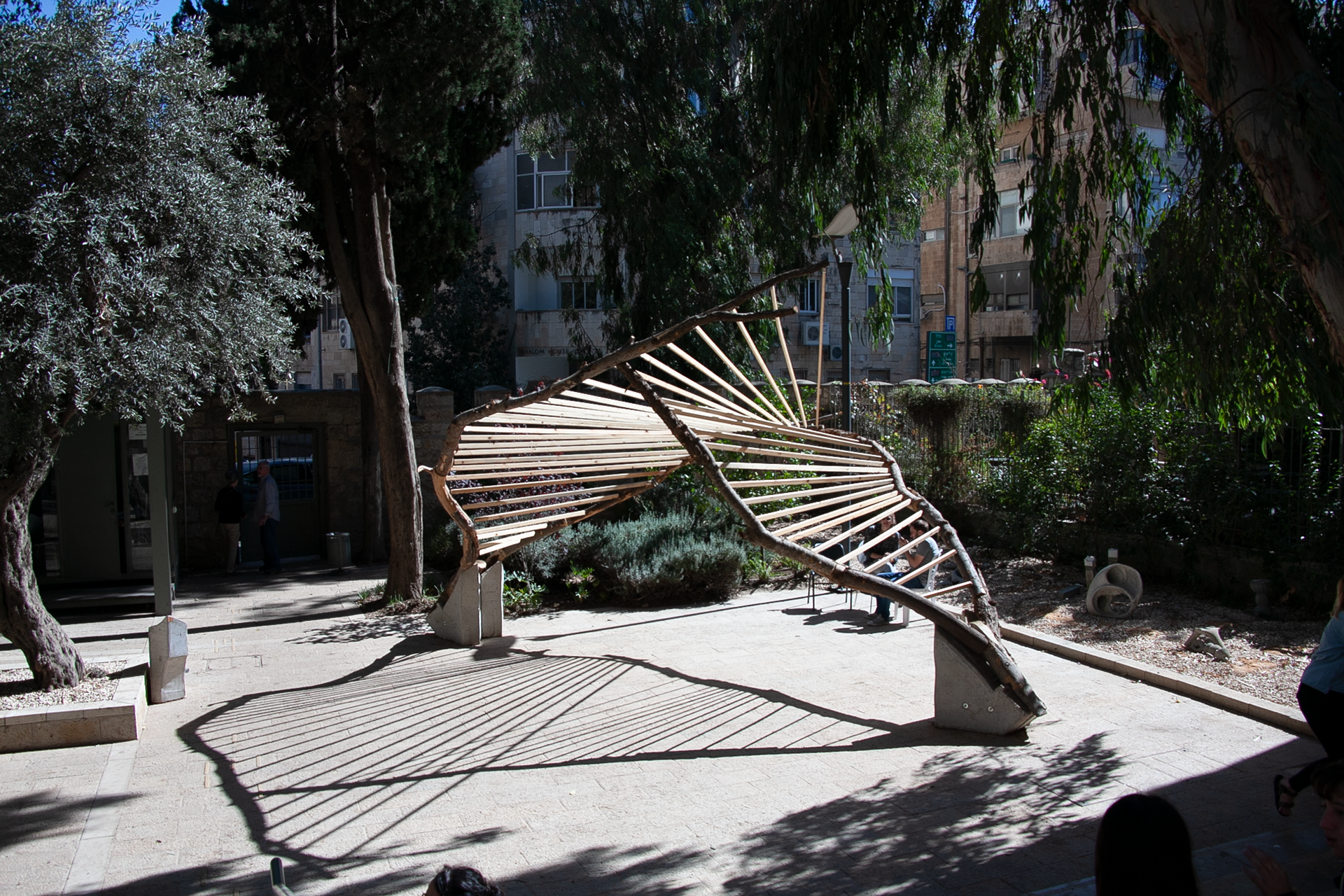
The pavilion was constructed out of reclaimed wood that was grown in the valley area so that it would be an essential component of the ecosystem there.

Timber collection
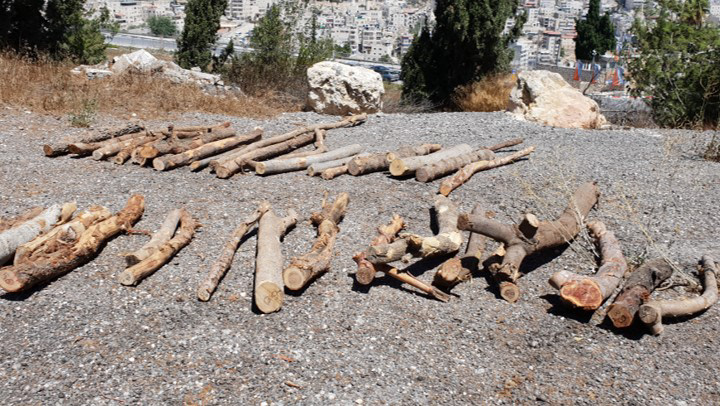
Sorting process
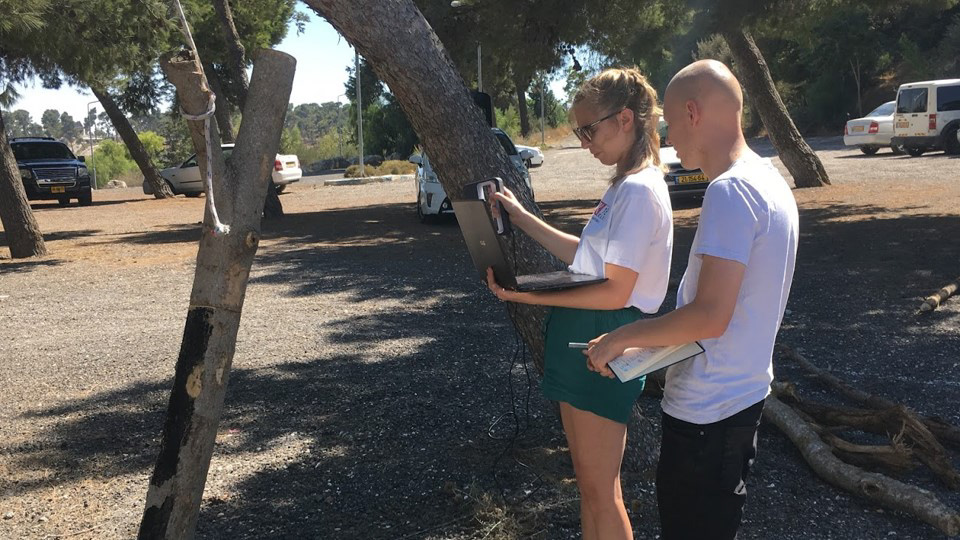
Scanning
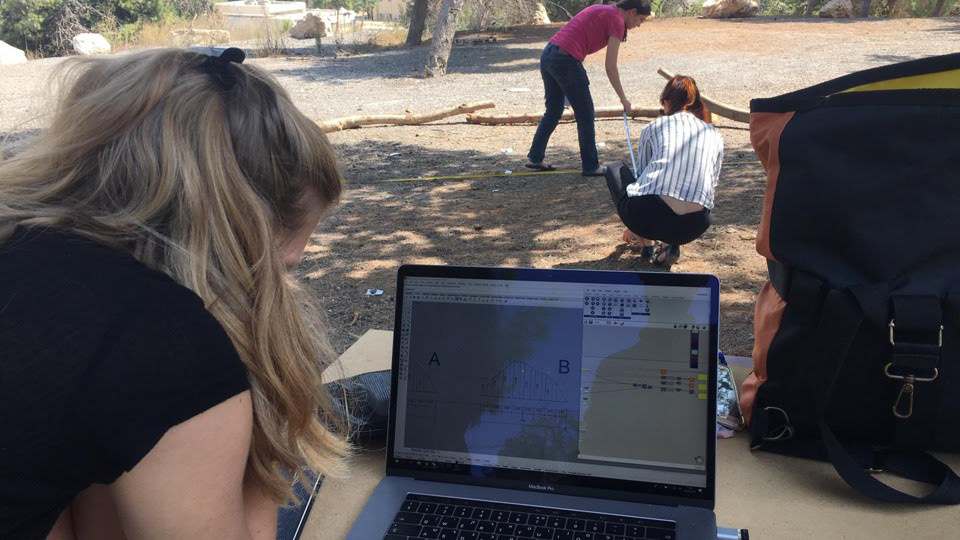
Processing
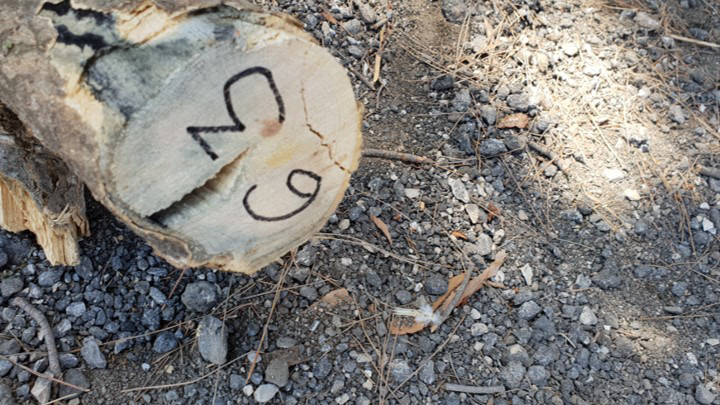
Numbering
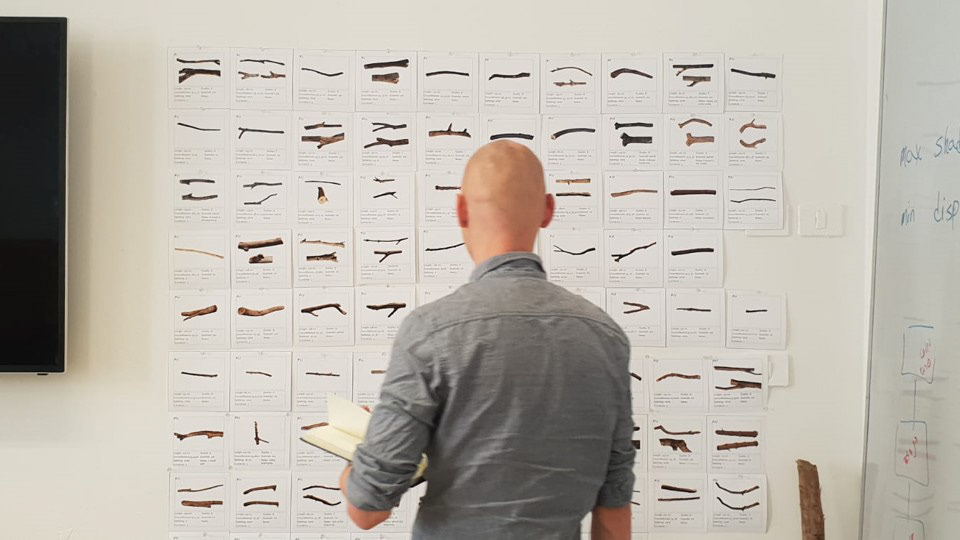
Timber catalog
The "leaves" shape of the pavilion, which was intended to be a natural continuation to the amorphous form of the timbers, served as the starting point for the form-finding process.
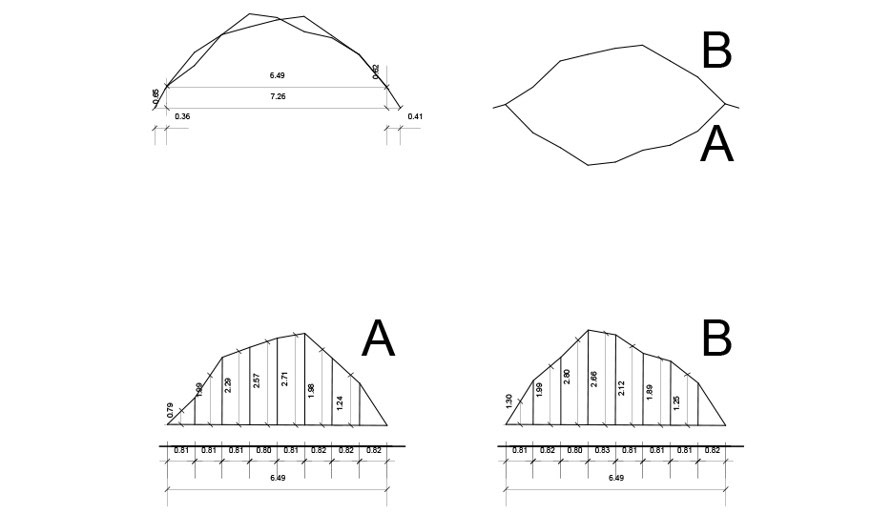
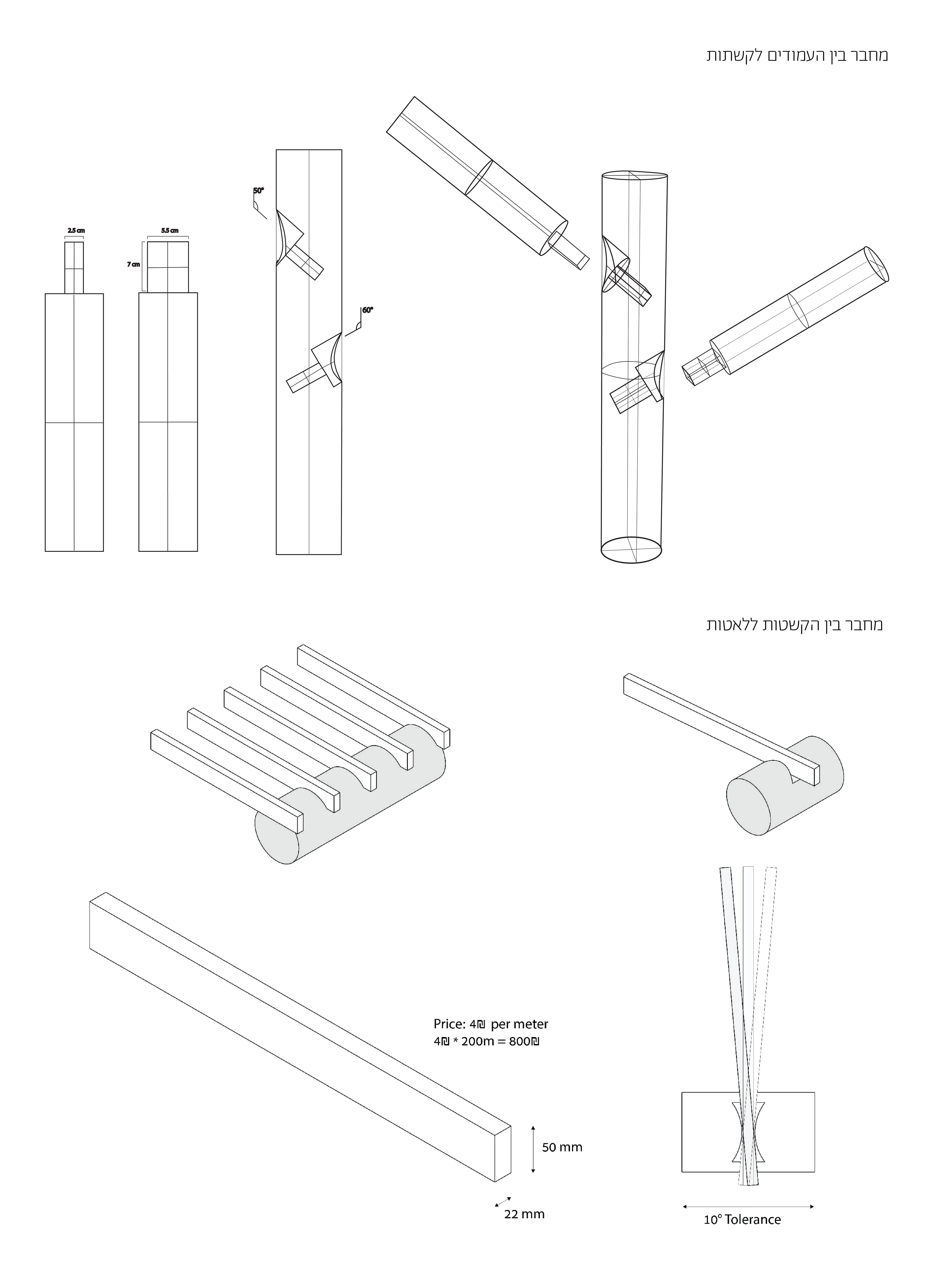
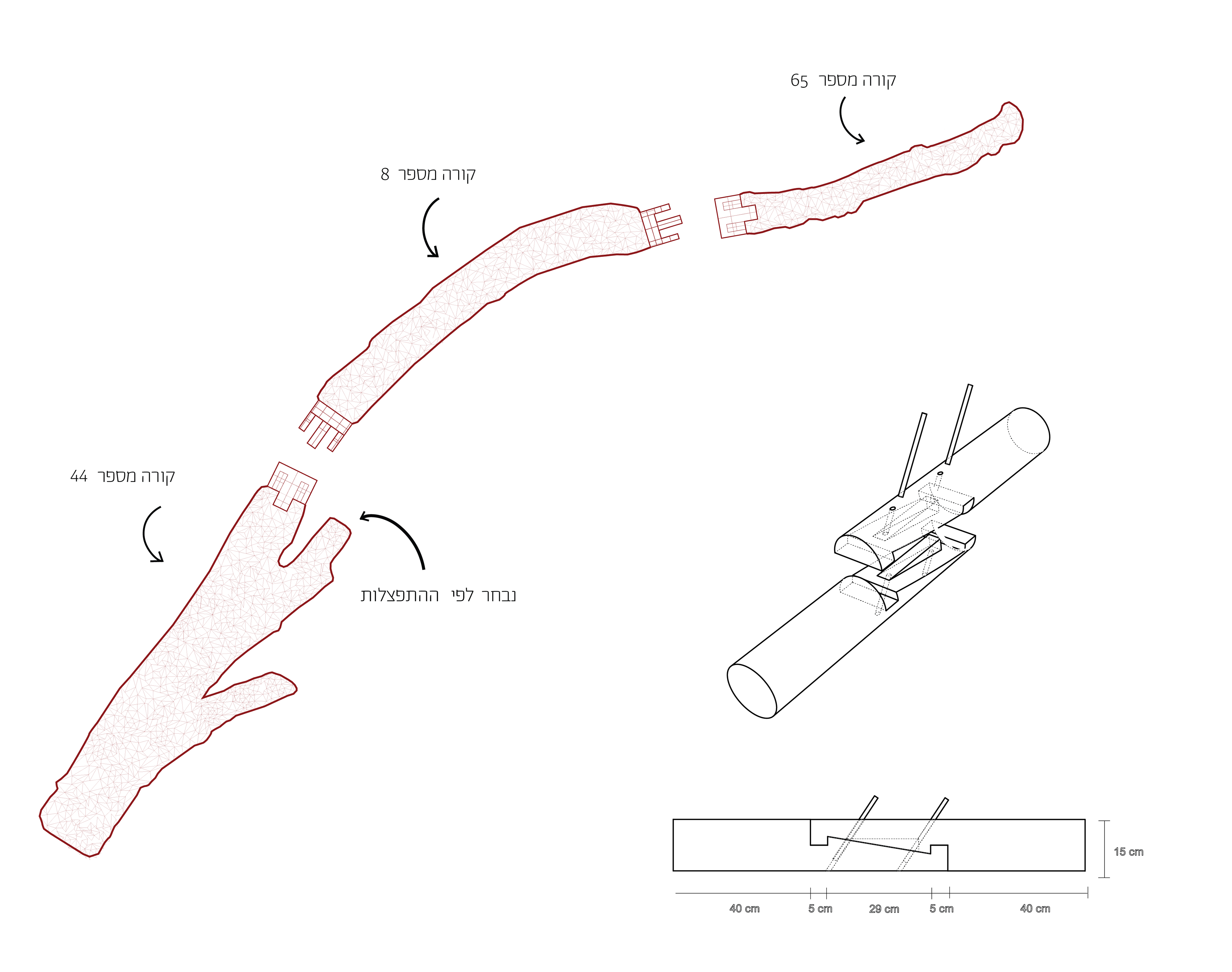
The arcs were decided to be designed without columns and to be constructively independent.
The self-locking joints of the arc were created to accommodate the various timber shapes while also posing the difficulty of adjusting heights and angles as needed for the structure.
